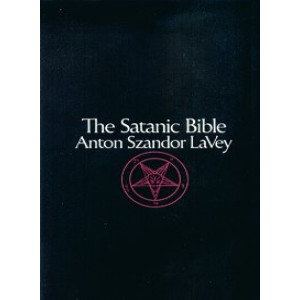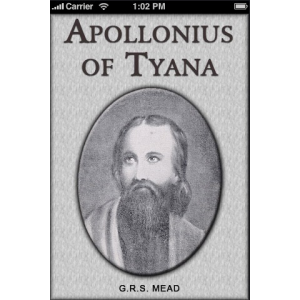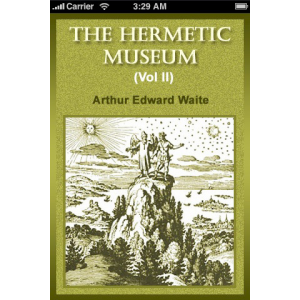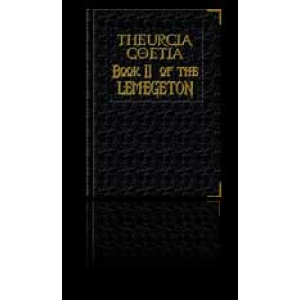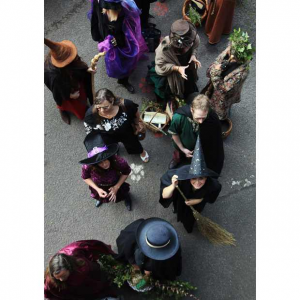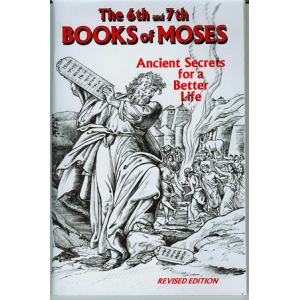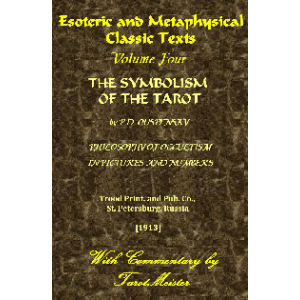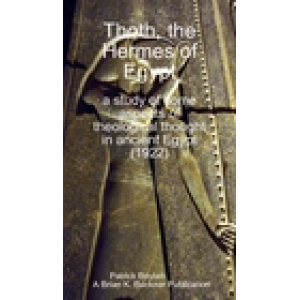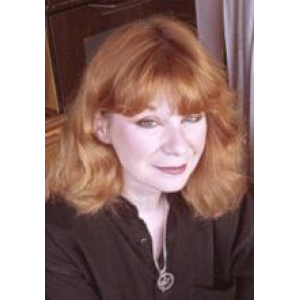
Anna Franklin is the High Priestess of the Hearth of Arianrhod, a coven of the Coranieid Clan, a group of traditional witches with their roots in the New Forest of England, UK. She is the author of numerous
books on witchcraft including: Herb Craft (with Sue Lavender - 1995), Sacred Circle Tarot (1998) and Fairy Lore (2000).
Anna was born in Derbyshire, England in 1955, but was raised initially in council care (an orphanage) before being adopted into a Roman Catholic family and spending the rest of her childhood in a small Leicestershire town in the Midlands. As a child she was sent to a Roman Catholic convent school, and there spent most of her time in the library reading Greek and Norse mythology (much to the consternation of the nuns). Even then at such a young age the Goddesses - Aphrodite and Athene inspired her, and she wondered if anyone else felt the same way about the Old Gods.
After finishing Convent School, Anna spent the next four years studying at Grammar School, and there gained a lasting passion for Photography and Art. In 1973 at the age of 18, she took a year out from her studies for work experience, this she spent working for a local newspaper, but was fired for allowing rude words to get past the proof reading stage. It was during this time that Anna finally met other people who felt the same way she did about the Old Gods - they called themselves witches. This was a Gardnerian group run by a lady (High Priestess) called Julia Isobel Reed, and it was she who introduced her to native Celtic deities and the practice of witchcraft. Anna received her 1st degree initiation later that same year.
After a trip around Europe, Anna started on a foundation course at Nuneaton Art School, then specialising in photography went on to earn an honours degree in Fine Art from Lanchester Polytechnic College in Coventry. After finishing college in 1980, for the next few years she built a career around photography and art. Working as a press photographer, a seaside photographer, for a sports photographer and as a community artist, she presented her work in exhibitions and also taught and lectured on photography, video, watercolour painting and drawing.
In 1983, ten years after taking her 1st degree initiation, Anna received her 2nd degree from the Hearth of Brighid of the Coranieid Clan, a
Traditional Witchcraft coven led by Sara and Phil Robinson in Nuneaton, Warwickshire. Sara was an initiate of the Horsa coven, the famous New Forest Coven in which Sybil Leek had been a High Priestess during the late 1940’s, and which claimed to have existed for over 700 years.
According to Sybil Leek: “There are four old covens operating in the New Forrest area, the Horsa coven (horsa being the Anglo-Saxon word for horse) near Burley of which she was the High Priestess, the others being located at Lymington, Lyndhurst and Brook.” It was to one of these others that Gerald Gardner had been associated, and whose workings he elaborated on to form what evolved as the contemporary tradition of Gardnerian Wicca. With Sara and Phil Robinson, Anna was able to learn and distinguish the difference between Traditional Witchcraft and modern Gardnerian Wicca.
A couple of years later Sara and Phil Robinson moved away from Nuneaton to re-settle on the south coast, so it was left to Anna to keep their local group running. Initially the group travelled south to join them for the Sabbats, but when this became impracticable, Anna was given licence to form her own “Coven of the Clan” called the Hearth of Arianrhod. She later received her 3rd degree elevation from Merrymoon, the covens then High Priest. As the High Priestess of the Hearth of Arianrhod, Anna started running open circles, teaching circles and a correspondence course.
While Anna had always loved to write as a teenager, she had written many short stories and even a novel for self-interest, now she began to write serious pagan related material to supplement her teachings, and in 1986 founded a Pagan magazine called the Silver Wheel. With only a few Pagan/Wiccan magazines in circulation at that time, the Silver Wheel proved a great success. The movement at that time was growing expeditiously, and the need for genuine information was in great demand by the many new
people attracted to the Craft. People were desperate for information about rituals, festivals, Craft history, philosophy and magick.
Initially the Silver Wheel was published eight times a year as a printed paper magazine, and was used as a vehicle to show case her work and that of other Hearth of Arianrhod members who were also producing articles, poetry and artwork. In 1988 it was reduced to four issues a year, and now from Beltane 2009, after twenty-three years of continual publication, it will take on the form of an annual paperback book published in May of each year.
Anna next began to concentrate on her other Craft activities and was soon a familiar sight at psychic fairs, events and magical gatherings manning the Silver Wheel Craft stall and giving tarot readings. As her contacts grew, she began to supply many of Britain’s occult shops with ritually prepared incenses, magical oils, aromatherapy products and perfumed oils. Having already studied herbalism, Anna re-trained as a therapist in reflexology and aromatherapy, and later with two friends - Sue Phillips and Amazon Riley, opened a Holistic Healing Centre.
It wasn’t until the mid 1990’s that Anna wrote her first book: Herb Craft (1995), which she co-wrote with another High Priestess - Sue Lavender. Since then while she continues to contribute articles to magazines, she has written over 25 books covering such subjects as: Herbs, Incense and Oils, Animal Familiars, Festivals and Feasts, Magick and Personal Power, Tarot, Oracles and Fairies. Most of her books are based on the Craft and its practice, and draw upon her training and experiences as a High Priestess running a tradition coven. Paul Mason, a long time friend and colleague she met at Art College way back in the late 1970’s, has illustrated many of her books.
Today Anna is still the High Priestess of the Hearth of Arianrhod, a working coven that continues to run regular moots, open circles and social evenings. More recently since 2005 they have also been hosting the “Mercian Gathering”, the UK’s largest annual camp-out gathering, which is focused on spiritual exploration celebrating the seasons and honouring the Gods. Held during the first week of September on private farmland near Nuneaton in Warwickshire, all profits made from the Gathering are donated to charity. (See: http://www.merciangathering.com/ for more information about this year’s camp-out).
Anna now lives in a village in the Midlands with her partner John and eight cats where they grow most of their own fruit, vegetables and herbs while trying to live “The Good Life”. They have a love affair with Egypt and dream of owning a winter home in Luxor!
Books in PDF format to read:
Louis Claude De Saint Martin - Man His True Nature And Ministry
Aleister Crowley - Concerning Blasphemy



